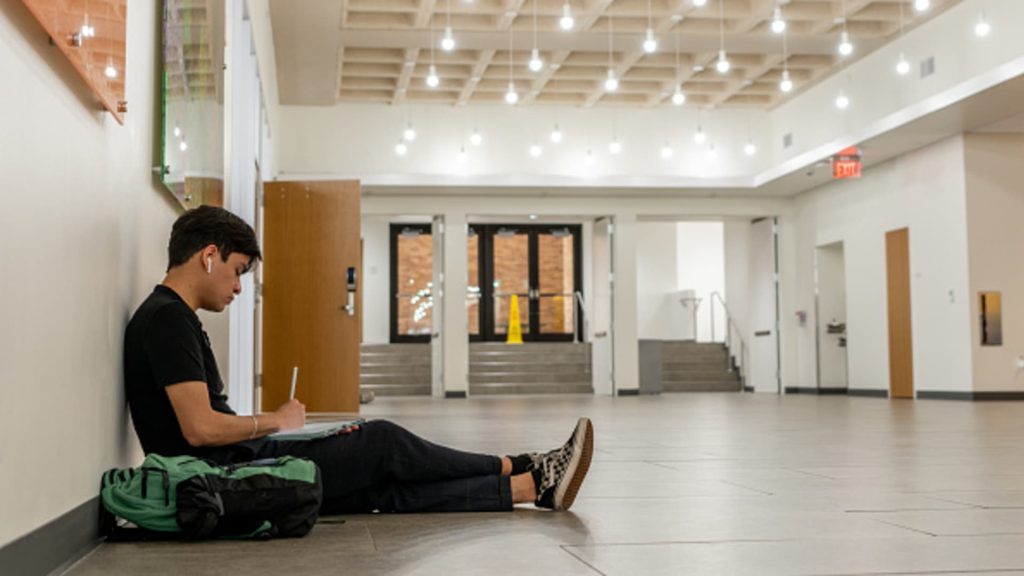For months, experts have warned that student loan borrowers who are behind on their payments may trigger a “default cliff.” Recent reports show that cliff is now looming.
The resumption of federal student loan delinquency reporting on consumers’ credit earlier this year caused a spike in the rate of severe delinquencies, which now near a record high, according to September’s Credit Insights report from credit score developer FICO.
Roughly 5.3 million borrowers are in default and another 4.3 million borrowers are in “late-stage delinquency,” or between 181 and 270 days late on their payments, according to a separate analysis last month by the Congressional Research Service based on data from the Education Department. Payments 270 days past due are considered in default.
With so many borrowers already seriously delinquent, “if these borrowers do not start paying soon, defaults will meaningfully rise,” Moody’s Analytics economist Justin Begley told CNBC.
According to Begley’s projections, “we should expect many borrowers to be pushed into default in coming months.”
Another study from May by the Pew Charitable Trusts also found an impending “default cliff” or “a coming wave of further student loan defaults — which put borrower financial stability and taxpayer investments at risk.” Further, borrowers who default are often caught in a cycle of nonpayment that is difficult to get out of, with two-thirds defaulting more than once, an earlier Pew report also found.
The default cliff many now face is generally the result of a large number of borrowers not having made due payments on their loans since Sept. 30, 2024, when the post-pandemic relief period for past-due borrowers officially ended, according to the Congressional Research Service. Those who have not made payments since then could have entered default as of late June.
‘Bubble’ of borrowers headed toward default
Higher education expert Mark Kantrowitz said there is currently a “bubble” of borrowers moving through each stage of delinquency.
Many of the borrowers in this bubble were in default before the pandemic and took advantage of the government relief measures to return their loans to “current” status by late 2024, he said. “I expect that these borrowers will default when they become 270 days delinquent, then the delinquency and default rates will return to previous norms.”
Student loan borrowers often fall behind on payments because they can’t afford the monthly expense. However, repayment options that cap monthly payments based on income are dwindling, due to recent court actions and President Donald Trump’s “big beautiful bill.”
The Income-Based Repayment plan, or IBR, is now considered the best alternative for borrowers looking for an affordable repayment option, experts say.
Risk of ‘financial ruin’
In a new letter to the U.S. Department of Education, Sen. Elizabeth Warren, D-Mass., and other lawmakers also warned of a worsening wave of defaults.
Significant staffing cuts at the Education Department and the passage of Trump’s “big beautiful bill” have reduced access to debt relief and made defaults more likely, Warren wrote in the letter sent late Tuesday to U.S. Secretary of Education Linda McMahon and shared exclusively with CNBC.
In the letter, also signed by Senate Minority Leader Chuck Schumer, D-N.Y., Sen. Angela Alsobrooks, D-Md., Sen. Kirsten Gillibrand, D-N.Y. and Rep. Ayanna Pressley, D-Mass., the lawmakers said the “devastating increase in past due payments threatens not only individual borrowers but the broader economy by suppressing consumer spending and locking families out of housing and other financial opportunities.”
The Education Department should “work with Congress to avert this economic disaster,” the lawmakers wrote. The Education Department should clear the backlog of income-driven repayment applications and create an interest-free temporary default prevention forbearance program for borrowers, they wrote.
In an email to CNBC, Warren also said “if the administration fails to act, millions of Americans will be pushed to financial ruin.”
As of the end of August, the Education Department had a backlog of nearly 1.1 million applications from borrowers trying to get into an income-driven repayment, or IDR, plan, according to court records from mid-September.
The Education Department did not respond to an emailed request for comment. “Due to the lapse in appropriations, we are currently in furlough status. We will respond to emails once government functions resume,” an auto-response said.

